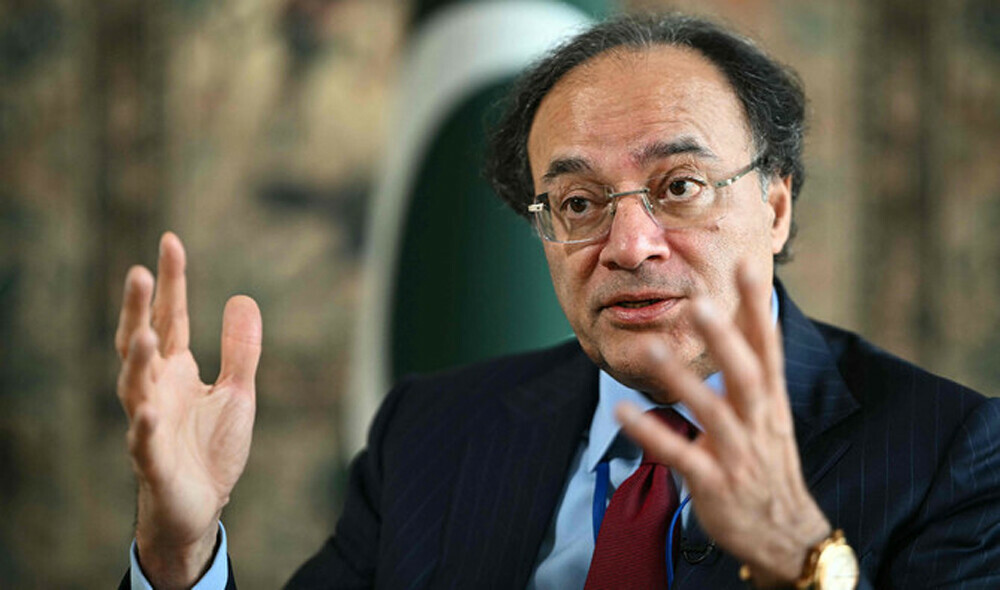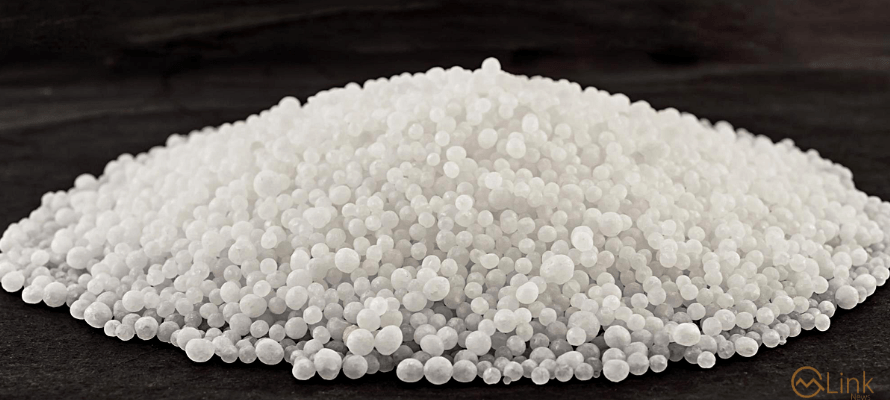The Dollar today gained about 6.45 rupees in the interbank market as interim government let the rupee slide deeper into the abyss. The State Bank of Pakistan (SBP) supported another bout of depreciation after it raised the interest rate by 100 bps on Saturday.
State Bank in the monetary policy statement signalled externals risks as the driving force behind the Monetary Policy decisions; rising estimates for fiscal deficit from 6.8 percent to 5.5 percent, current account deficit for 11 months reaching $16 billion, imports pressurizing forex reserves and the changing inflationary landscape in the wake of rising global oil prices.
Pakistani Rupee is currently the worst performing currency in the world second only to Turkish Lira. The South Asian economies have all depreciated against the USD during the last six months as confidence in developing and emerging markets continues to wane. Turkish Lira -26.41 percent, Indonesian Rupee -6.93 percent, Indian Rupee -6.12 percent have all fallen against the greenback during the last six months. Pakistani Rupee (PKR) during the last six months has fallen more than 15.26 percent, not accounting for today’s devaluation, becoming the second worst performing currency in the world.
Lack of foreign investment, import heavy trade numbers, rising WPI, CPI and core inflation and forex reserves at three year lows have all pushed interim Finance Minister to take bold and concrete steps during her short but crucial tenure. She recently suggested an IMF (International Monetary Fund) bailout might be the only way out for the upcoming government, and according to media reports she has already initiated proceedings for a bailout from IMF and the recent bouts in depreciation may be the prerequisite steps currently being taken by the Ministry of Finance to take the process ahead.
Dollar in the open market rose by Rs. 4.65 against the Rupee reaching 128.75. The Dollar since December, 2017 has increased by 21 percent. In total, the resulting increase in debt volume due to the last four depreciations has crossed the Rs. 2,000 billion mark.
Analysts hold the opinion that today’s exchange movement will have its due impact on the economy especially on the 100 index whereby it will influence sectors such as textile, E&P, IPPs, chemicals and IT sectors positively. Autos and Cement are likely to be affected negatively whereas refineries, OMC, and Fertilizer are expected to remain neutral.
Today’s movement in the rate came right at the open in the morning sending shockwaves to the 100 index as well which after closing the last week in the green, has lost more than 600 points during the day, touching an intraday low of 39396 points and breaking the 40,000 psychological level yet again. Cement, Commercial Banks, and Fertilizer scripts were worst affected today as they cumulatively took away more than 310 points from the 100 index.
Analysts believe that today’s exchange rate movement – fourth in the last eight months by the SBP – was primarily due to the widening current account deficit and the declining forex reserves.
The street expects the rupee slide to continue even further. Analysts estimate, the rupee would further be devalued to 130 PKR/USD by the end of this year in order to appease the IMF authorities.
22198







